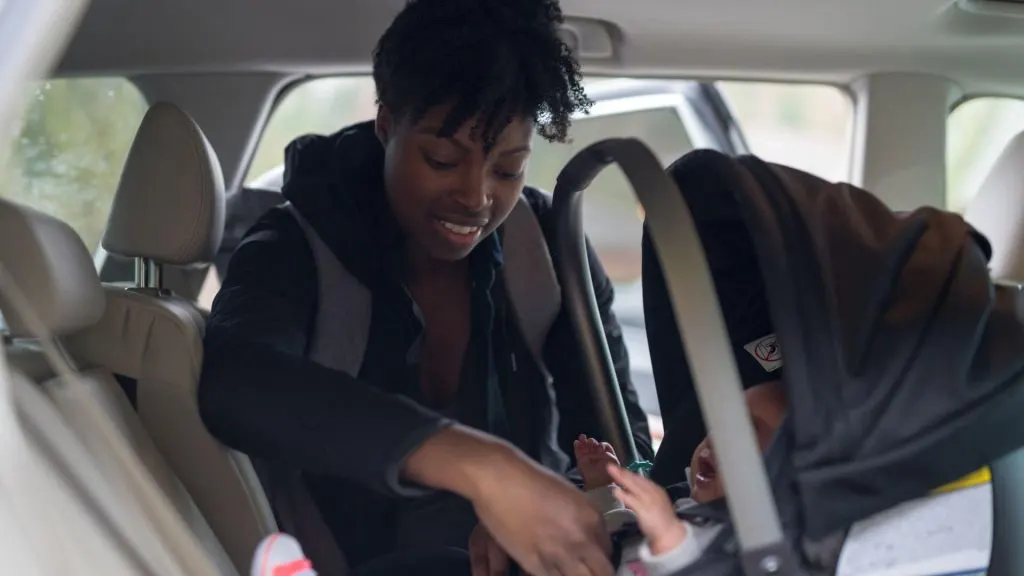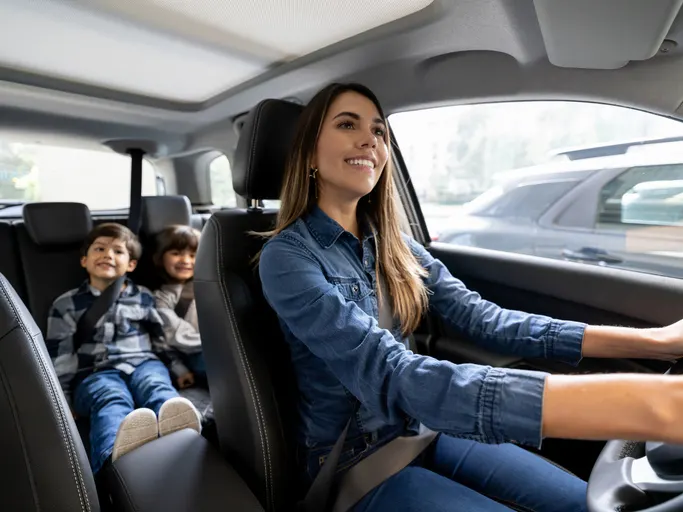In the blink of an eye, life can change. A regular drive can turn into a nightmare if you’re involved in an auto accident. As a parent, the safety of your child becomes a top concern. How can you ensure that your child is safe if such a situation arises? Here, we will discuss both preventive measures and the steps to take in the aftermath of an accident to ensure your child’s safety.

Preventive Measures
Child Safety Seats: The first and foremost measure is to ensure that your child is in the right car seat for their age, weight, and height. Every state has regulations that determine the appropriate safety seat requirements for children. Adhere to these regulations and make sure that the car seat is installed correctly. A correctly used child safety seat can reduce the risk of fatal injury by over 70% for infants and by 54% for toddlers.
Positioning: It’s best to place child safety seats in the back seat. Children below the age of 13 should always ride in the back. This position shields them from the impact of airbags, which can be dangerous for young children.
Regular Checks: Periodically inspect the car seat to ensure that it’s not only installed correctly but is also in good condition. Over time, wear and tear can affect its functionality.
Lead by Example: Children often emulate their parents. Make sure you always wear your seatbelt and avoid using mobile phones or getting distracted while driving. This not only sets a good example but also minimizes the chances of accidents.

What to Do If You Get in a Car Accident
Stay Calm: Panic can cloud judgment. Take a deep breath. Ensure that you are safe, and then immediately check on your child.
Call 911: If the accident is severe, call for emergency services right away. Even if it seems minor, it’s wise to have authorities document the accident.
Stay Inside or Move to Safety: Depending on the location and nature of the crash, it might be safer to remain inside the vehicle until emergency services arrive, especially if you’re on a busy highway. If the scene is safe, and it’s possible, move the car to the side of the road to avoid further collisions.
Check for Injuries: Once in a safe location, thoroughly check your child for any injuries. Remember, some injuries may not be immediately visible or may seem minor but can escalate if not attended to promptly.
Collect Information: If both you and your child are safe, exchange contact and insurance information with the other parties involved in the accident. Take pictures of the scene, vehicle damages, and any visible injuries.
Speak to Witnesses: If there were any witnesses, take down their contact information. They can provide valuable insights if there are any disputes about the events leading to the accident.
What to Do If Your Child Has Been Injured
Seek Immediate Medical Attention: Regardless of how minor the injury might seem, always consult a doctor. Some internal injuries or concussions may not show symptoms immediately but can have severe consequences later.
Document Everything: From medical reports to bills, keep a record of everything. This will be crucial if you decide to make an insurance claim or if any legal proceedings arise.
Consult a Therapist: Accidents can be traumatic, especially for children. Even if there are no physical injuries, consider seeking psychological support to help your child cope with the emotional aftermath.
Stay Informed: Ensure you know the full extent of the injuries. This includes staying updated on medical appointments, treatments, and any therapy sessions.
Consider Legal Help: If the accident was due to someone else’s negligence, consider seeking legal counsel. A car accident attorney can guide you on the best steps to take, especially when it comes to claiming compensation for injuries, medical bills, or therapy sessions.
The safety of our children remains at the forefront of every parent’s mind. Our children are our most cherished treasures, and their well-being often overshadows every other concern. While it’s true that we can’t predict every possible scenario or control all external factors that life throws our way, being prepared equips us to handle unforeseen challenges more effectively. By following the right preventive measures and arming ourselves with knowledge about the steps to take if an accident occurs, we fortify our defenses against potential harm to our children.
Moreover, adopting a proactive stance towards safety, rather than merely reacting to situations as they unfold, empowers us to anticipate and address potential risks ahead of time. This proactive approach not only enhances the physical safety of our children but also provides them with a psychological assurance of security. In the intricate dance of life, where uncertainties abound, our preparation and proactive mindset can genuinely make a world of difference in ensuring our children’s safety and well-being.

Jessi is the creative mind behind The Coffee Mom, a popular blog that combines parenting advice, travel tips, and a love for all things Disney. As a trusted Disney influencer and passionate storyteller, Jessi’s authentic insights and relatable content resonate with readers worldwide.
